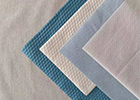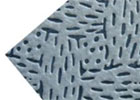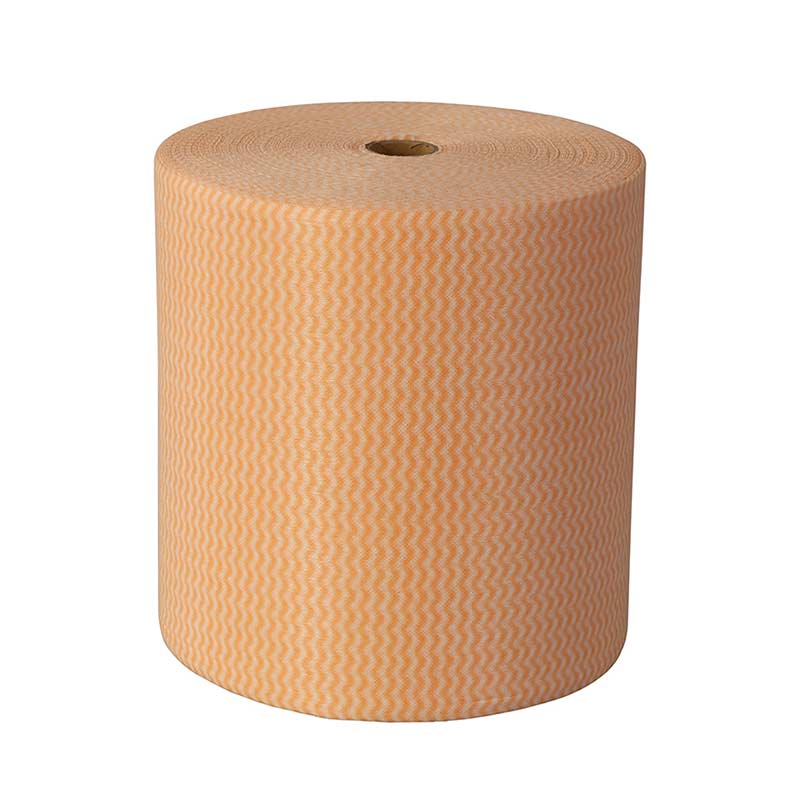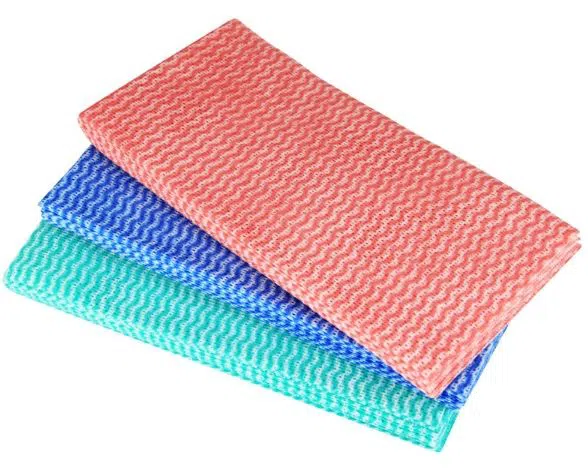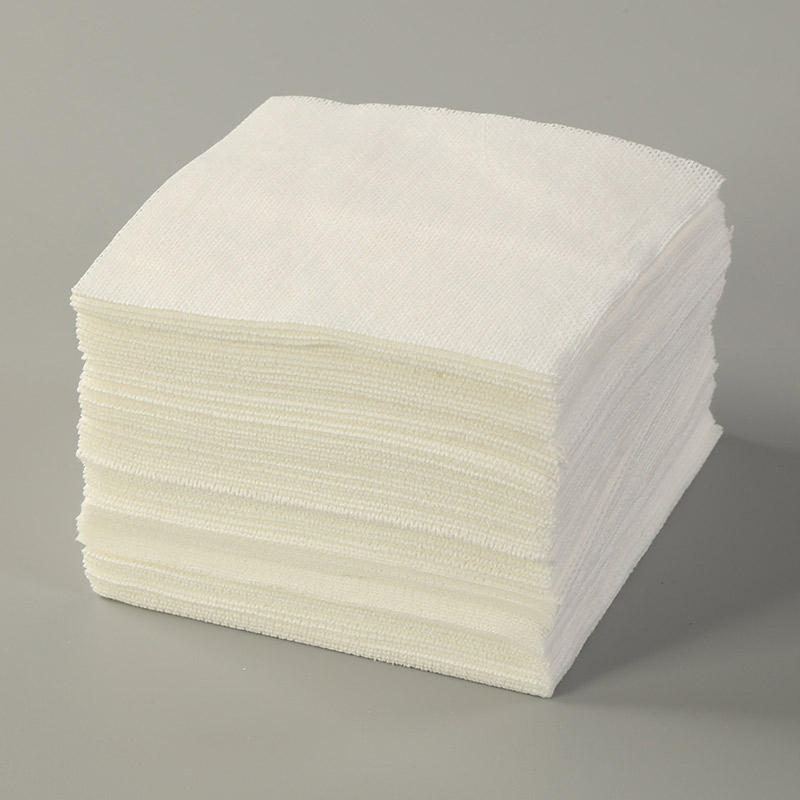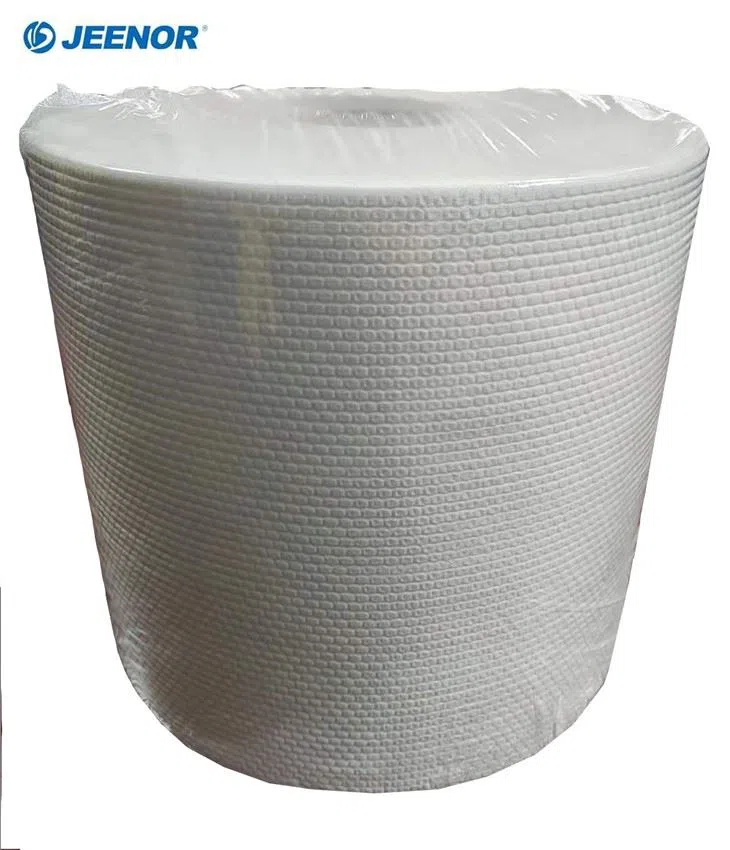What are the New Technologies in the Production of Spunlace Nonwovens
What are the New Technologies in the Production of Spunlace Nonwovens
The new technologies in the production of spunlace nonwovens are: 1. Hydroentanglement 2. Airlaid 3. Meltblown 4. Spunbond 5. Coform
The new technology for the production of spunlace nonwovens is the use of air-laid technology. This new process uses an air stream to blow the fibers onto a moving belt. The fibers are then bonded together using a water-based adhesive. The result is a stronger and more uniform product.
Spunlace nonwovens are made using a process that bonds fibers together using high-pressure water jets. The technology has been around for decades, but it has undergone significant changes in recent years. One of the biggest changes has been the introduction of new fiber types. In the past, most spunlace nonwovens were made from cellulose fibers like wood pulp.
But now, synthetic fibers like polyester and polypropylene are being used more and more. These fibers offer a number of advantages over cellulose, including improved strength and durability. Another big change has been the introduction of new spinning methods.
In the past, most spunlace nonwovens were made by a process called hydroentangling. But now, newer methods like electrospinning and airlaying are being used more frequently. These methods can produce nonwovens with different properties, like increased absorbency or improved filtration capabilities.
Finally, new finishes and coatings are being applied to spunlace nonwovens to improve their performance. For example, hydrophobic finishes are being used to makenonwovens water-resistant.
Another recent development is the use of finer fibers to create stronger nonwovens. These fibers are often made from polymers such as polypropylene or polyethylene terephthalate (PET). PET fibers are particularly strong, making them ideal for use in applications such as filters and wipes.
Finally, producers have begun using electrospinning to create nanofibers for use in spunlace nonwovens. Electrospinning involves passing an electric current through a polymer solution to create extremely fine fibers. These fibers can be used to reinforce other materials or to create standalone nanofiber nonwovens.
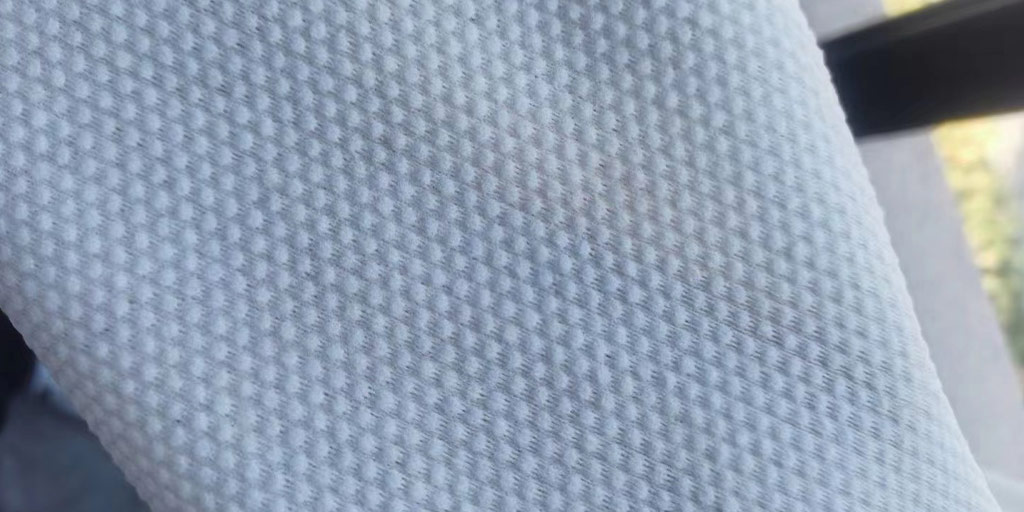
Product characteristics of spunlace nonwovens
Spunlace nonwovens are made from a variety of fibers including wood pulp, cotton, and polyester. The fibers are randomly laid down and then bonded together using mechanical, chemical, or thermal means. Spunlace nonwovens are strong, durable, and have good dimensional stability. They can be used in a wide variety of applications including wipes, medical fabrics, and filter media.
Spunlace nonwovens are made from a variety of fibers, including natural fibers (wood pulp, cotton), synthetic fibers (polyester, polypropylene), or a combination of both. The fibers are bonded together using a variety of methods, including hydrophobic interactions, electrostatic attraction, and mechanical entanglement. Spunlace nonwovens can be made in a variety of weights, from very light (10 gsm) to very heavy (up to 900 gsm). Spunlace nonwovens have many desirable properties, including high strength and durability, good absorbency, low linting, and good dimensional stability. They are also resistant to bacteria and mold growth.
Spunlace nonwovens are made from a web of fibers that are bonded together by entangling the fibers with each other. The fibers can be natural, such as wood pulp or cotton, or synthetic, such as polypropylene or polyester. The main advantage of spunlace nonwovens is their strength and durability. They are also resistant to tearing and abrasion. Spunlace nonwovens are used in a variety of applications, including filters, medical products, wipes, and construction materials.
Main raw material of spunlace nonwovens
Wood pulp is the main raw material of spunlace nonwovens. The fiber length of wood pulp is generally 0.3-1mm, and the diameter is about 20μm. The longer the fiber, the better the hand feeling of the fabric, but the worse the water absorption. In addition, wood pulp has good absorbency and air permeability.
The main raw material of spunlace nonwovens is wood pulp, which is made into wood pulp fiber by mechanical, chemical or thermal methods. The main component of wood pulp fiber is cellulose. Cellulose has high crystallinity, good mechanical strength and toughness, good moisture absorption and hygroscopicity. In addition, cellulose has good biocompatibility and will not cause any irritation or allergic reaction to the human body.
Spunlace nonwovens are made from a variety of natural and synthetic fibers. The most common fiber used is wood pulp, but other fibers such as cotton, polyester, and rayon are also used. The wood pulp fiber is usually derived from softwood trees such as pine or spruce. The pulp is first cut into small pieces and then mechanically beaten to separate the fibers. The fibers are then sprayed with water onto a moving belt. The water binds the fibers together and forms a web.
About JEENOR Material
Hangzhou Jeenor Industrial Co., Ltd., manufacturers and converts nonwoven materials at factories in Hangzhou-near Ningbo port and Shanghai port. The company was founded in 2008, formerly called Hangzhou Jeenor Cleaning Supply Co., Ltd.With roots in spunlace nonwovens, we began producing in 2008 on one line, expanded these two years with two additional spunlace lines, and can currently make 9,000 tons of spunlace nonwovens in widths ranging from 1.5 to 3.5 meters per year.




